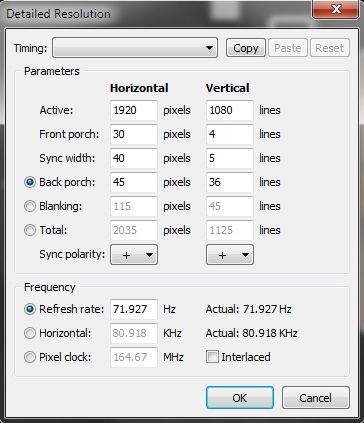Yes, actually on my monitor, for example when I am scrolling text on this forum, white text on gray background gets a bit yellow tone, with some parts more yellow than others, and red heather lines leave a bit red-gray trails behind in this dark grey background. Also the same effect appears when moving the browser window around. Some colors leave bigger trail and some less...For example black text doesn't leave trails in cold white background, but it leaves dark yellow trails in warm white tones...
Mine does this too. Ugh, looks like these are going back! Why is it so difficult to find a decent monitor?
![[H]ard|Forum](/styles/hardforum/xenforo/logo_dark.png)


